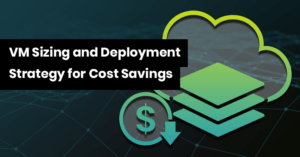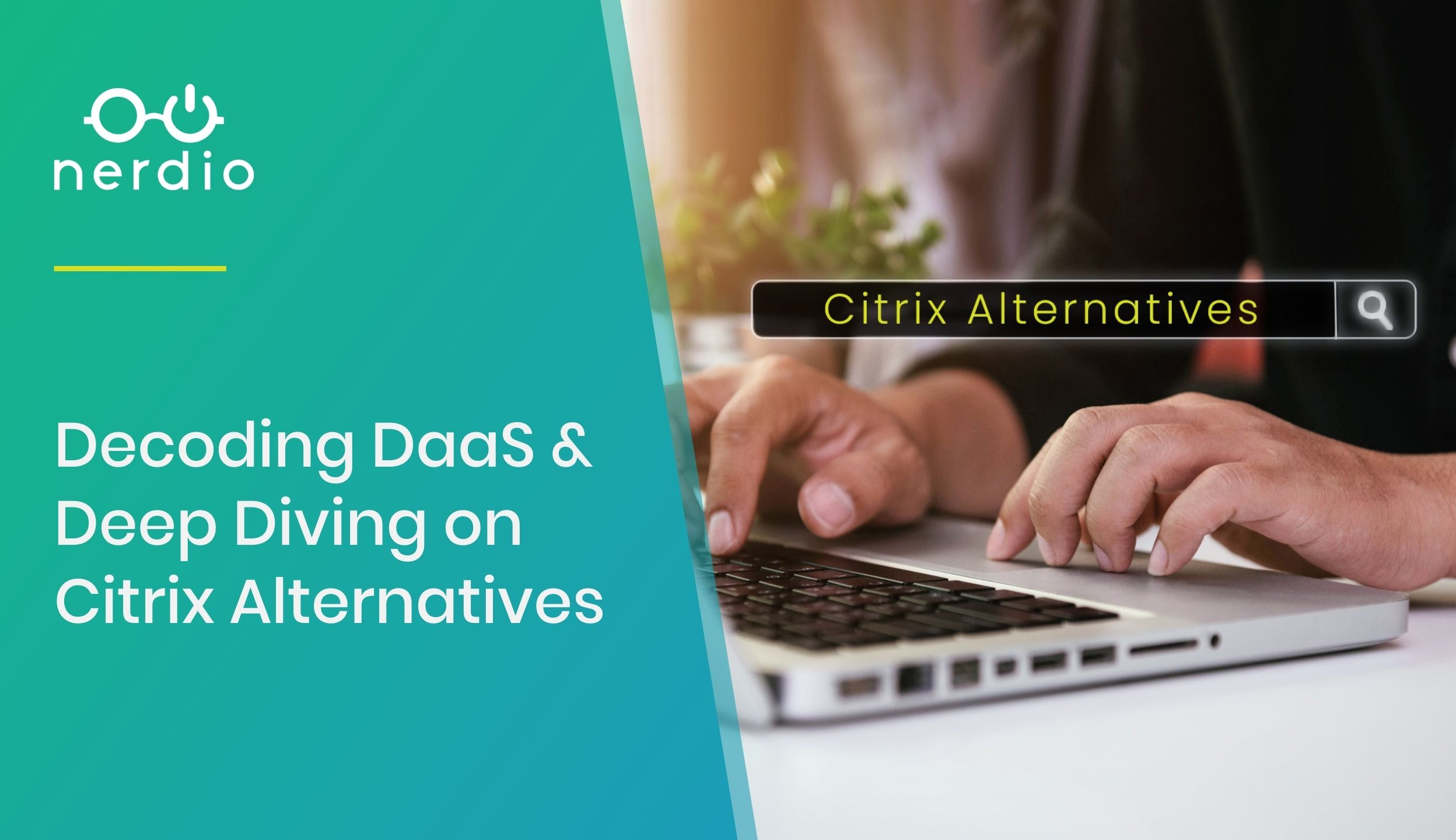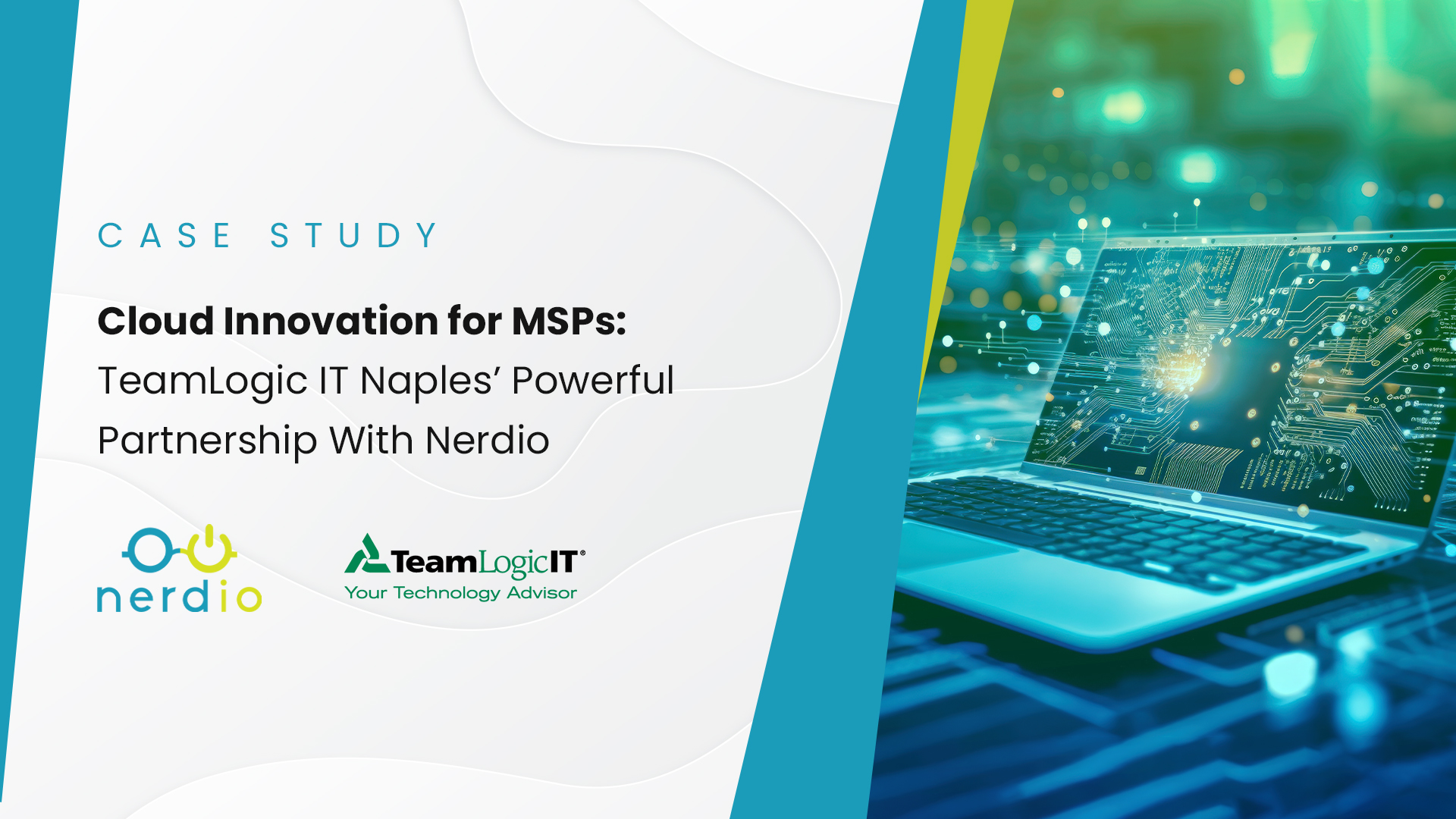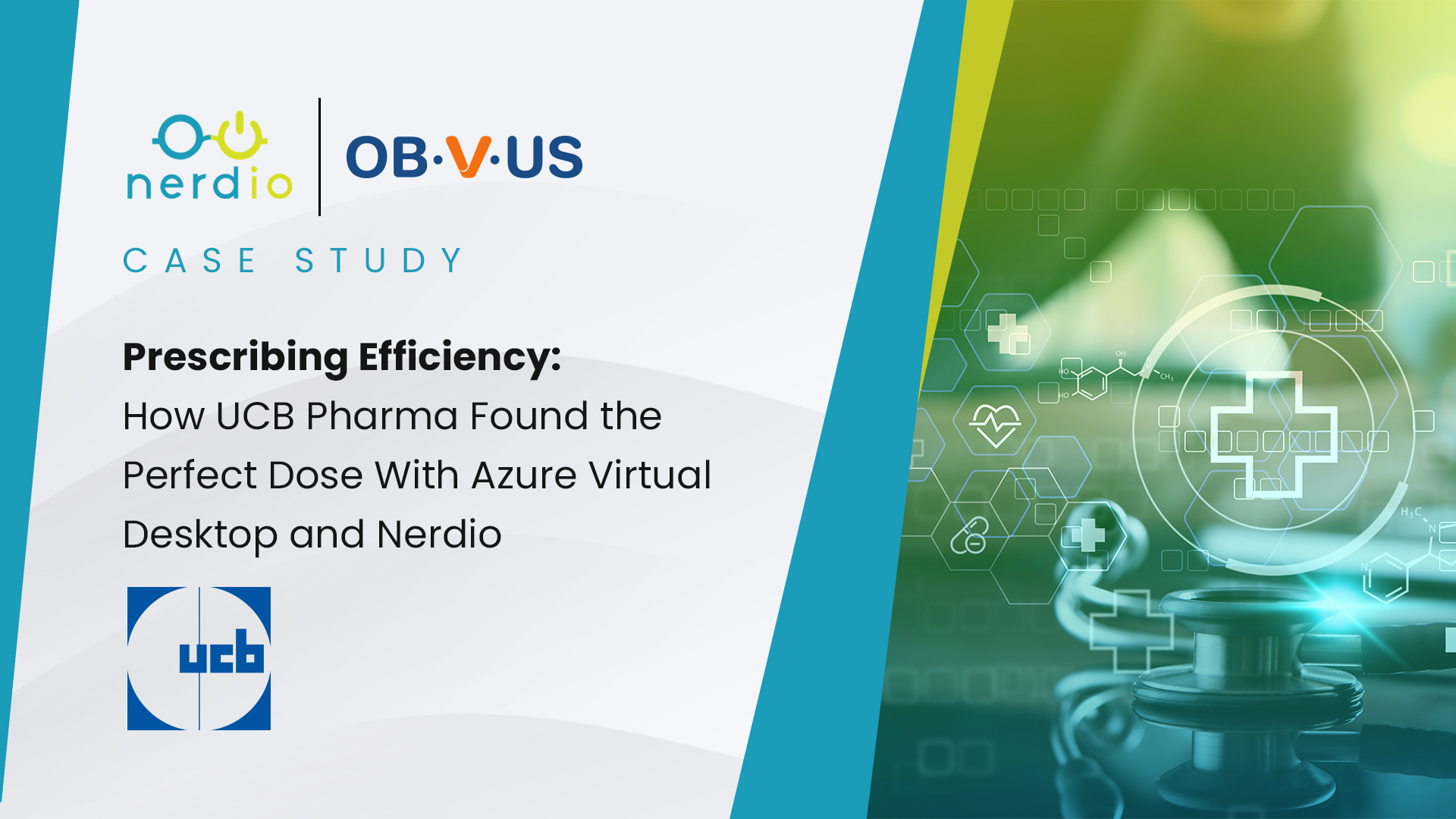Enterprise Cost Benefits of Using AVD Compared to Other Cloud VDI Vendors
Since Azure Virtual Desktop (AVD) entered General Availability in October 2019, it has rapidly gained popularity among enterprises, government, and educational institutions. Beyond the technological advantages that AVD brings to the table, there are a number of nuances that also make it the most cost-effective cloud-based virtual desktop solution. Multi-Session Windows 10 – aka Windows 10 EVD (Enterprise Virtual Desktop) Edition A core […]
Increasing Growth in Microsoft Azure Amidst Covid-19
Microsoft reported 59% growth in Microsoft Azure last quarter. Did you grow your practice by 59% in the same period? Over the past few months, there have been numerous articles, webinars, podcasts, and open forums on Facebook and Reddit talking about the impact of Covid-19 on the MSP ecosystem. Some MSPs have unfortunately had to […]
VM Sizing and Deployment Strategy for Cost Savings for MSPs

Partners frequently ask us to recommend the best VM series size for their use case, or at least the standard for most deployments. Unfortunately, these are difficult questions to answer due to the many variables which must be considered. However, with a basic understanding of the most common VM series, and a few sizing strategies, […]







